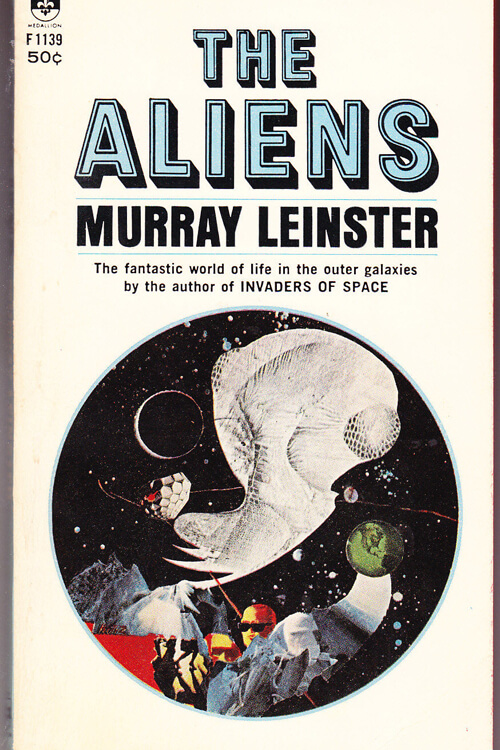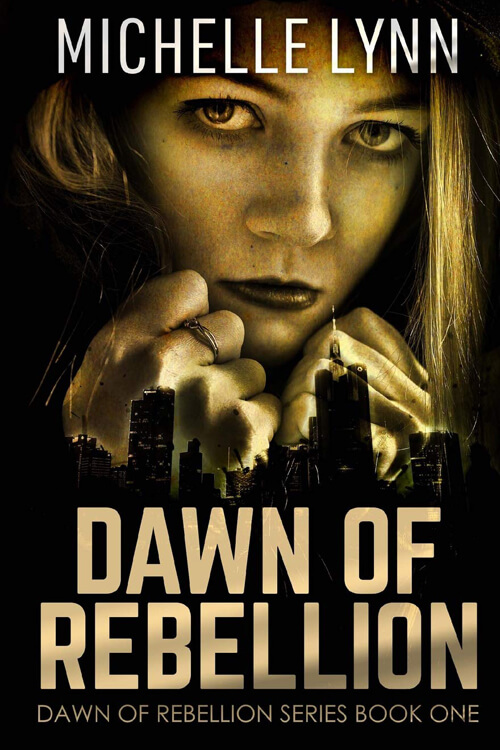
The Aliens
At 04 hours 10 minutes, ship time, the Niccola was well inside the Theta Gisol solar system. She had previously secured excellent evidence that this was not the home of the Plumie civilization. There was no tuned radiation. There was no evidence of interplanetary travel—rockets would be more than obvious, and a magnetronic drive had a highly characteristic radiation pattern—so the real purpose of the Niccola’s voyage would not be accomplished here. She wouldn’t find out where Plumies came from.
There might, though, be one or more of those singular, conical, hollow-topped cairns sheltering silicon-bronze plates, which constituted the evidence that Plumies existed. The Niccola went sunward toward the inner planets to see. Such cairns had been found on conspicuous landmarks on oxygen-type planets over a range of some twelve hundred light-years. By the vegetation about them, some were a century old. On the same evidence, others had been erected only months weeks, or even days before a human Space Survey ship arrived to discover them. And the situation was unpromising. It wasn’t likely that the galaxy was big enough to hold two races of rational beings capable of space travel. Back on ancient Earth, a planet had been too small to hold two races with tools and fire. Historically, that problem was settled when Homo sapiens exterminated Homo neanderthals. It appeared that the same situation had arisen in space. There were humans, and there were Plumies. Both had interstellar ships. To humans, the fact was alarming. The need for knowledge, and the danger that Plumies might know more first, and thereby be able to exterminate humanity, was appalling.
Therefore the Niccola. She drove on sunward. She had left one frozen outer planet far behind. She had crossed the orbits of three others. The last of these was a gas giant with innumerable moonlets revolving about it. It was now some thirty million of miles back and twenty to one side. The sun, ahead, flared and flamed in emptiness against that expanse of tinted stars.
Jon Baird worked steadily in the Niccola’s radar room. He was one of those who hoped that the Plumies would not prove to be the natural enemies of mankind. Now, it looked like this ship wouldn’t find out in this solar system. There were plenty of other ships on the hunt. From here on, it looked like routine to the next unvisited family of planets. But meanwhile, he worked. Opposite him, Diane Holt worked as steadily, her dark head bent intently over a radar graph in formation. The immediate job was the completion of a map of the meteor swarms following cometary orbits about this sun. They interlaced emptiness with hazards to navigation, and nobody would try to drive through a solar system without such a map.
Read or download Book
Murray Leinster
Murray Leinster (June 16, 1896 – June 8, 1975) was the pen name of William Fitzgerald Jenkins, an American writer of genre fiction, particularly science fiction.
Biography.
He wrote and published over 1,500 short stories and articles, 14 movie scripts, and hundreds of radio scripts and television plays. Leinster was born in Norfolk, Virginia, the son of George B. Jenkins and Mary L. Jenkins. His father was an accountant. Although both parents were born in Virginia, the family lived in Manhattan in 1910, according to the 1910 Federal Census. A high school dropout, he nevertheless began a career as a freelance writer before World War I. He was two months short of his 20th birthday when his first story, “The Foreigner,” appeared in the May 1916 issue of H. L. Mencken’s literary magazine The Smart Set.
Over the next three years, Leinster published ten more stories in the magazine; in a September 2022 interview, Leinster’s daughter stated that Mencken recommended using a pseudonym for non-Smart Set content. During World War I, Leinster served with the Committee of Public Information and the United States Army (1917–1918). During and after the war, his work began appearing in pulp magazines like Argosy, Snappy Stories, and Breezy Stories. He continued to be published regularly in Argosy into the 1950s. When the pulp magazines began to diversify into particular genres in the 1920s, Leinster followed suit, selling jungle stories to Danger Trails, westerns to West and Cowboy Stories, detective stories to Black Mask and Mystery Stories, horror stories to Weird Tales, and even romance stories to Love Story Magazine under the pen name Louisa Carter Lee.






